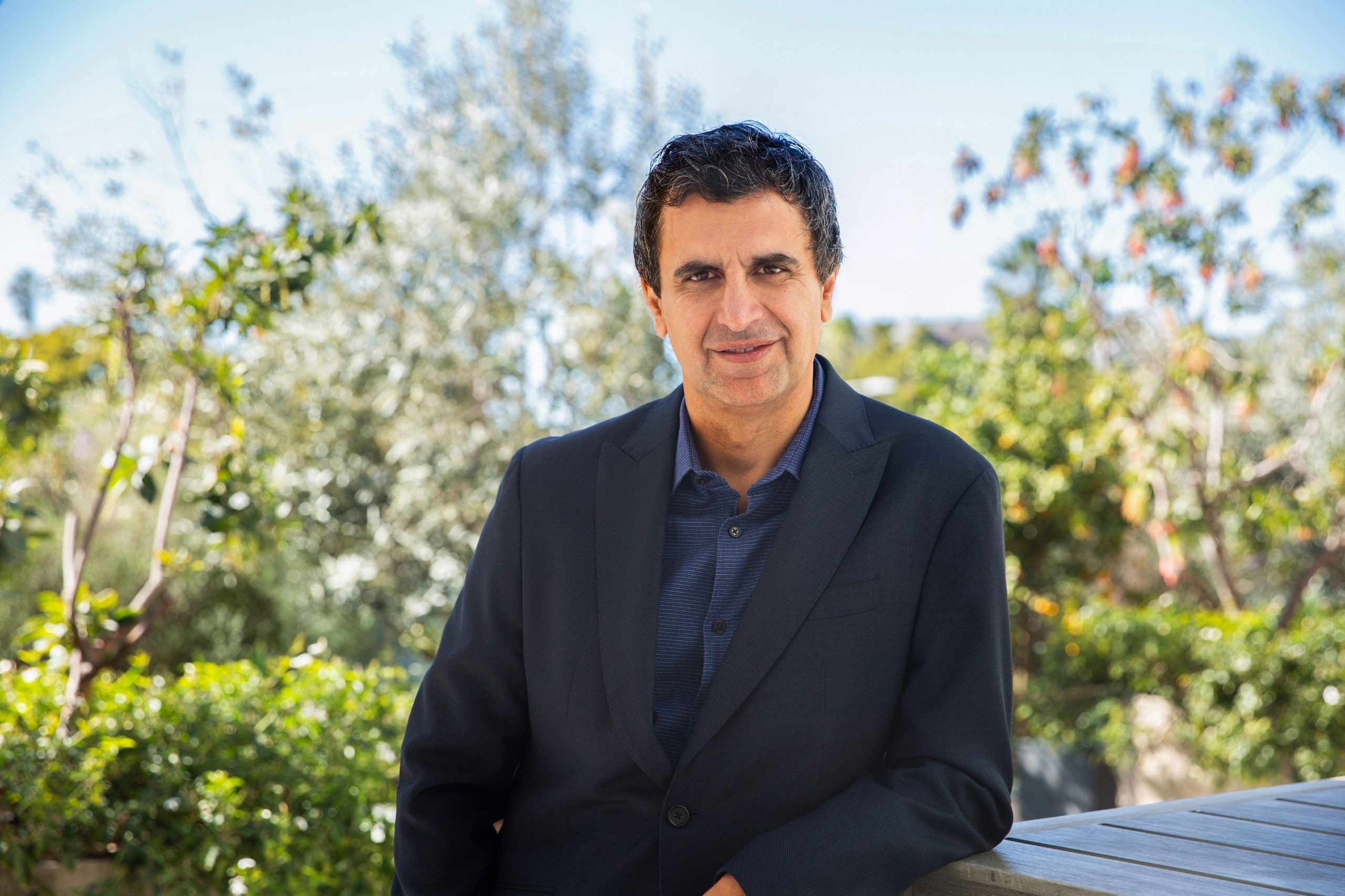
Unilever CEO Fernando Fernandez has set course to fashion a “machine of demand creation”, with a focus on “geographical anchors” in the US and India.
Innovation, with a slant to premium, is one of the core aspirations of Fernandez’s strategy as he outlined his priorities yesterday (6 March) in a chat with Barclays’ head of consumer staples Warren Ackermann.
With less than two weeks under his belt since replacing CEO Hein Schumacher, Fernandez seemed to make a commitment to the food component of Unilever’s portfolio, but plans to speed up disposals of “non-core” assets in Europe.
Fernandez said at the Barclays Fireside chat event that the immediate-term objectives are to complete the demerger of the ice-cream business on target by year-end and complete the productivity programme set in motion by Schumacher, now earmarked for around June.
“I feel in the long term, it is all about creating a machine of demand creation in Unilever. I have always said that in a one-to-ten scale, I’d probably score us a six,” the Unilever veteran of 37 years said.
“When I look at the long run, any company that is a best performer tends to have a couple of very strong geographical anchors. I believe that the US and India should be our geographical anchors in the long run.”
Fernandez put the premium portion of Unilever’s portfolio at 35% but the new CEO is seeking to build that to about 50% – and “desirability” led – as he hinted at bolt-on acquisitions in the US and India, while ruling out any “transformational” M&A.
“I’m a great believer that there are always inefficiencies in the company. If you tackle them, you release money that you can put behind your brands, and you build a virtuous circle of volume growth, investment, more profit, more volume growth,” he explained.
“You have to build portfolio resilience to deal with economic volatility, and you have to have clever pricing management to deal with that.”
In terms of food, a segment of Unilever’s portfolio that has long attracted speculation for divestment, Fernandez said “it’s a very attractive business”, adding: “It gives us a lot of flexibility and we are committed to grow that business.”
However, he repeated Schumacher’s observation that Unilever has around €1bn ($1.1bn) tied up in “non-core” food brands, and while some disposals, particularly in the Netherlands, have been completed, the process has “not really been happening that quickly”.
A further €500m of food and “other categories” are also considered as non-core, “particularly in the smaller markets” in which Unilever operates. “Probably we will also act on that,” Fernandez said.
Outlining his assessment of food, Fernandez added: “Knorr is our-second largest brand. Hellmann’s is our fifth-largest brand. They are accretive in margin, they are accretive in terms of cash generation [and] they have a huge return on investing capital.
“They are 60% of our food business, and the two categories in which they play are 70% of our food business. So our food business is not a classic food business.
“I internally call it edible personal care because the margin structure of that business is very similar to the personal care one.”
Although Fernandez did not pin point categories for potential M&A, he made a clear commitment to grow Unilever’s business in the US and India, along with China and Indonesia.
“I feel fixing some of the geographical issues we have – China, Indonesia, accelerating India – is very important for me at this point of time,” he said.
“We have not been good enough in rolling out our brands globally. I believe in the long run, we need more widest presence of our strongest brands. I feel we have made a significant step with the top-30 brands and the focus we are putting on them, but I believe we can go faster in rollout, continue driving optimisation of our portfolio into premium, with a good programme for total acquisitions and disposals.”
He added with respect to potential M&A in the US.
“The US is a very important market because it’s probably the only market that gives you two things. It gives you enough local critical mass, and it gives you a platform for global brands because American brands tend to travel.”



